In a world where technology is increasingly blending with our everyday experiences, virtual reality (VR) is poised to transform industries in unexpected ways. One such industry is wine tasting—a practice deeply rooted in tradition but ripe for innovation. As we delve into the realm of virtual reality wine tasting, we uncover its potential to revolutionize the industry, particularly in Australia, where the wine sector is a significant contributor to the economy.
Why Virtual Reality Wine Tasting Matters
The Australian wine industry is a vital part of the nation's economy, contributing over AUD 45 billion annually and employing thousands across the country. However, recent challenges, such as climate change and global competition, demand innovative approaches to engage consumers. Virtual reality wine tasting is an emerging trend that offers an engaging, immersive experience, allowing wine enthusiasts to explore vineyards, learn about wine-making processes, and taste wines—all from the comfort of their homes.
According to a recent report by Deloitte, the global virtual and augmented reality market is expected to grow at a compound annual growth rate of 33.5% from 2020 to 2025. This growth is indicative of the increasing adoption of VR technology across various sectors, including the wine industry. In Australia, where wine tourism is a key economic driver, integrating VR into wine experiences can enhance reach and attract a broader audience.
Case Study: Penfolds – Embracing Virtual Reality
Penfolds, one of Australia's most prestigious wine brands, has successfully integrated virtual reality into its marketing strategy. Faced with the challenge of reaching international markets during travel restrictions, Penfolds launched a VR experience that allows users to explore its Barossa Valley vineyard and learn about its rich history.
After implementing the VR experience, Penfolds saw a 25% increase in online sales and a 40% increase in digital engagement. This initiative not only allowed Penfolds to maintain its presence in international markets but also provided an innovative way to engage younger, tech-savvy consumers.
Pros and Cons of Virtual Reality Wine Tasting
Pros:
- Enhanced Accessibility: VR allows wine enthusiasts worldwide to experience Australian vineyards without travel costs.
- Increased Engagement: Interactive VR experiences can captivate audiences and increase brand loyalty.
- Data-Driven Insights: VR can collect user data to tailor experiences, enhancing customer satisfaction.
Cons:
- High Initial Costs: Developing high-quality VR experiences requires significant investment.
- Technological Barriers: Not all consumers have access to VR equipment, limiting reach.
- Learning Curve: Both producers and consumers need time to adapt to new technology.
Myths and Misconceptions About Virtual Reality Wine Tasting
Myth: Virtual reality wine tasting will replace traditional wine tasting.
Reality: VR complements traditional wine tasting by providing an alternative for those who cannot visit in person. It enhances accessibility but does not replace the sensory experience of being in a vineyard.
Myth: VR wine tasting is only for tech enthusiasts.
Reality: With intuitive interfaces, VR experiences are designed to be user-friendly, attracting a wide range of consumers, including those less familiar with technology.
Future Trends and Predictions
The future of virtual reality wine tasting in Australia looks promising. As technology advances and becomes more affordable, we can expect wider adoption across the industry. By 2028, experts predict that over 50% of Australian wineries will offer some form of VR experience, enhancing both domestic and international engagement.
Moreover, as the Australian Competition & Consumer Commission (ACCC) continues to promote fair competition and consumer protection, wineries can leverage VR to differentiate themselves while adhering to regulatory standards.
Conclusion
Virtual reality wine tasting represents a significant opportunity for Australia's wine industry to innovate and expand its reach. By offering immersive experiences, wineries can engage with a global audience, enhance customer loyalty, and drive sales. As technology continues to evolve, embracing VR could be a game-changer for the industry.
Are you ready to explore the virtual reality wine tasting experience? Share your thoughts and experiences in the comments below!
People Also Ask
How does virtual reality wine tasting impact businesses in Australia?
Australian wineries using virtual reality report increased consumer engagement and sales, reaching a global audience without geographical limitations.
What are the best strategies for implementing virtual reality in wine tasting?
Experts recommend starting with interactive vineyard tours, followed by virtual tastings, ensuring compatibility with popular VR devices for broader access.
Related Search Queries
- Virtual reality wine tasting Australia
- How VR is changing the wine industry
- Benefits of virtual reality in winemaking
- Penfolds virtual reality experience
- Future of wine tourism in Australia

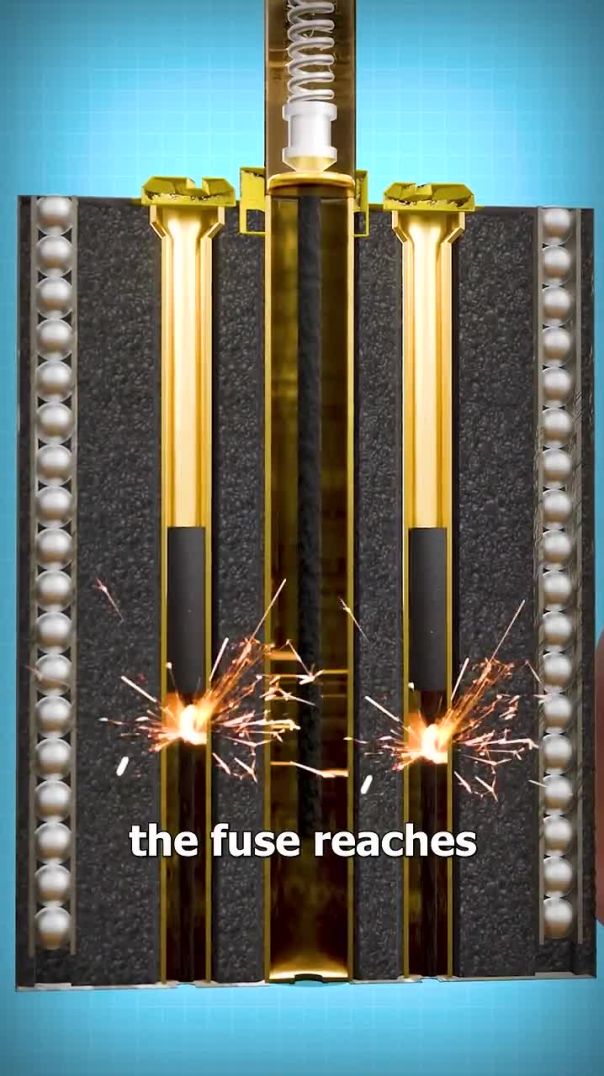


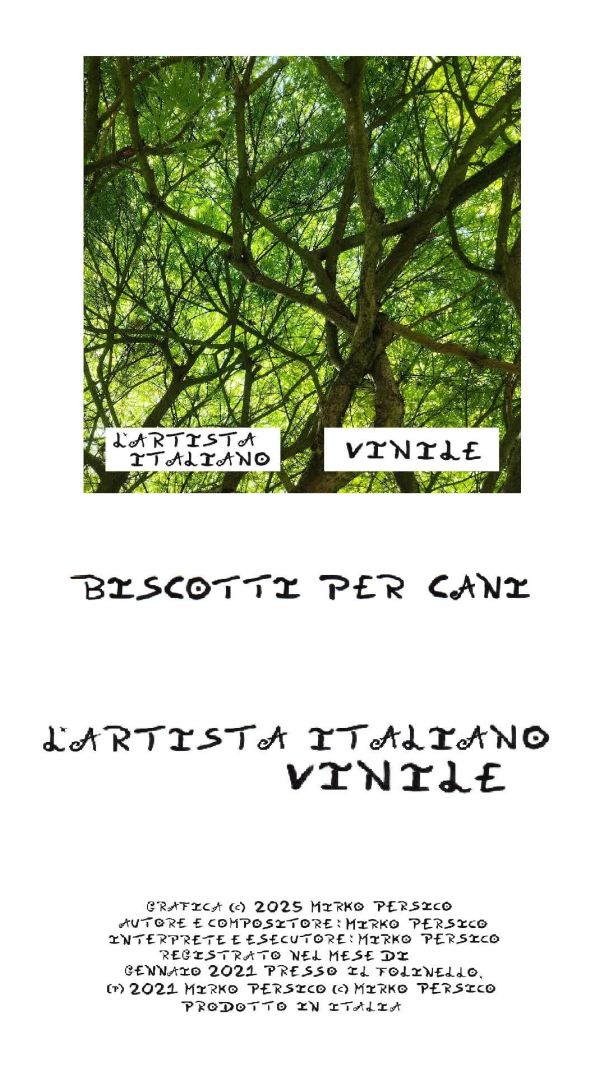
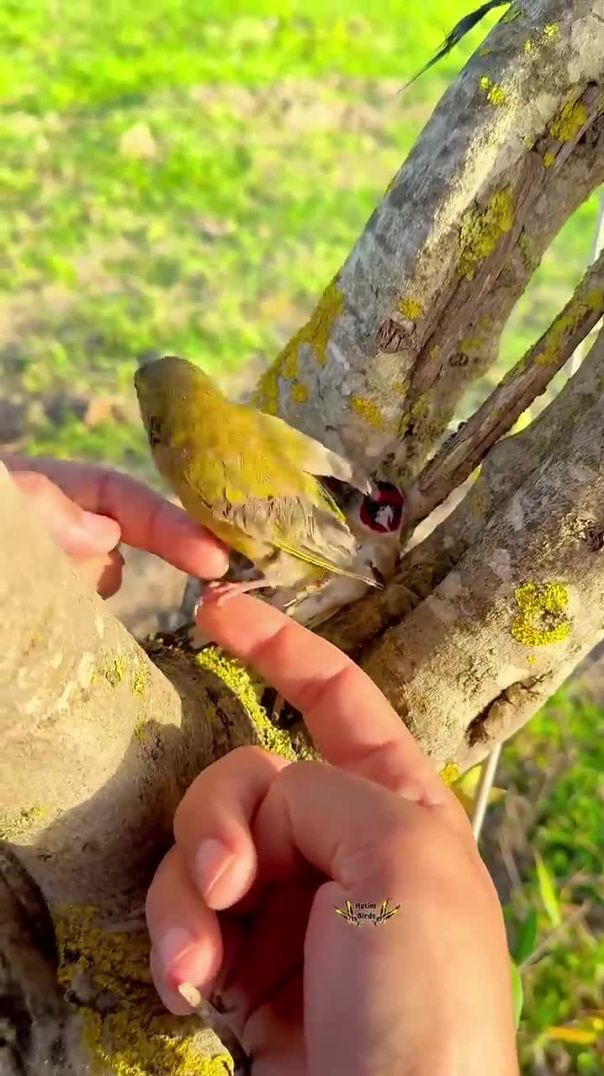
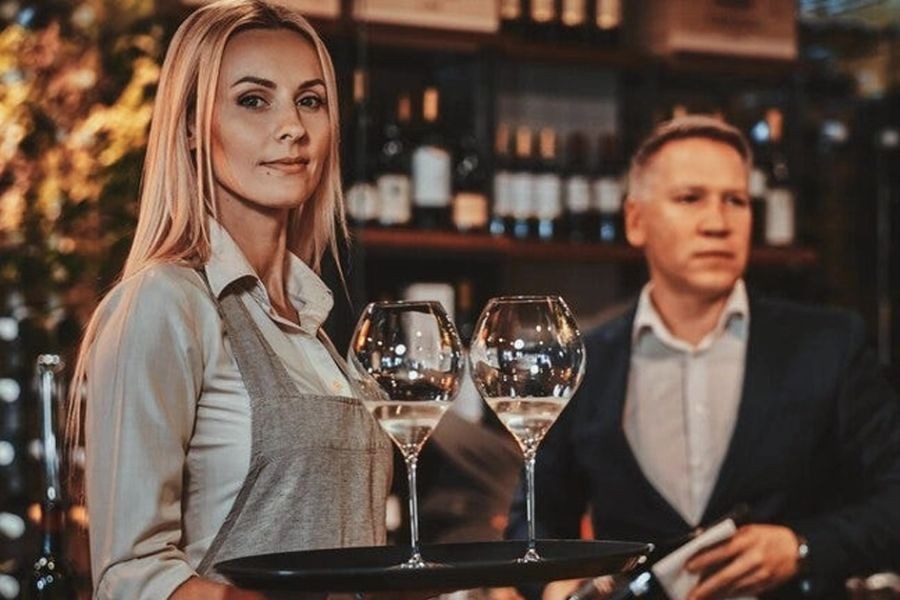

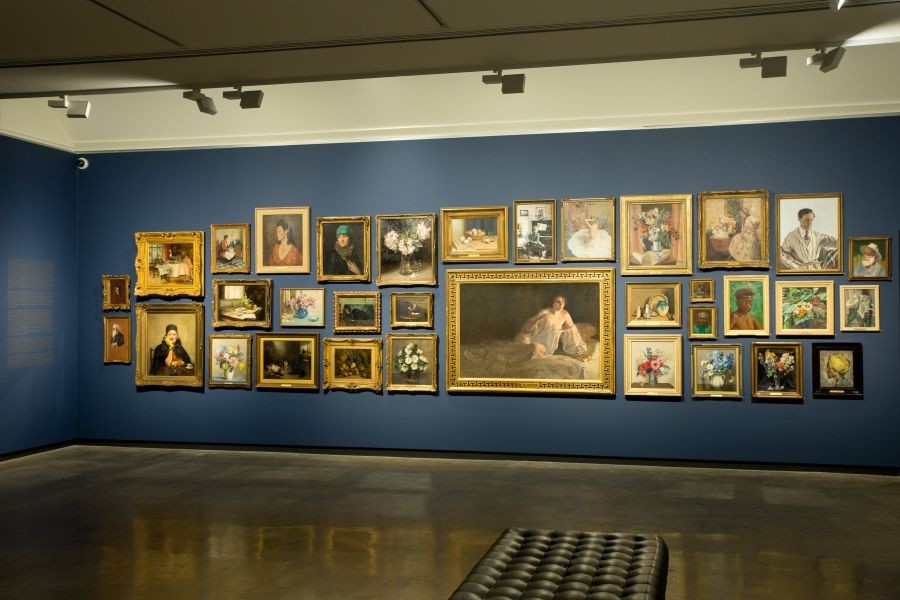

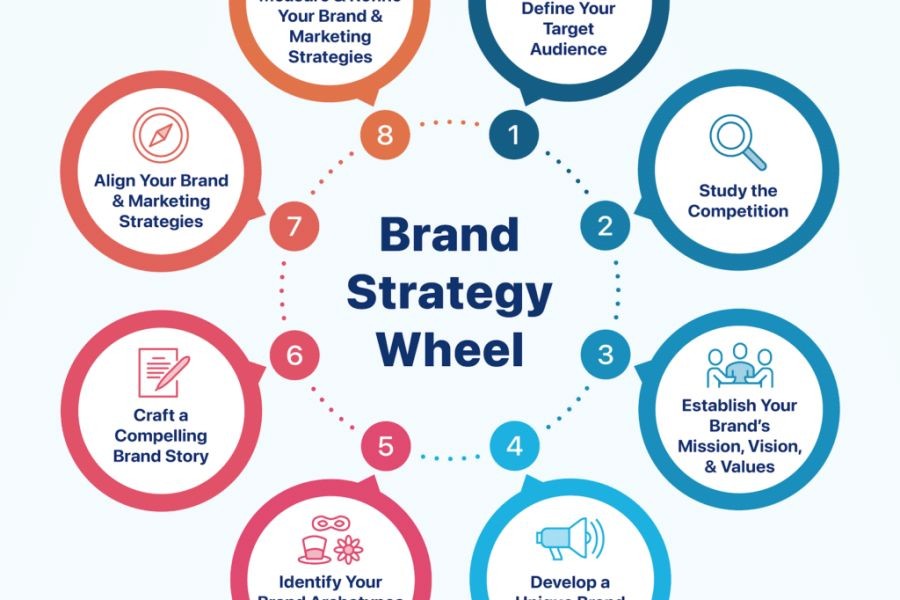
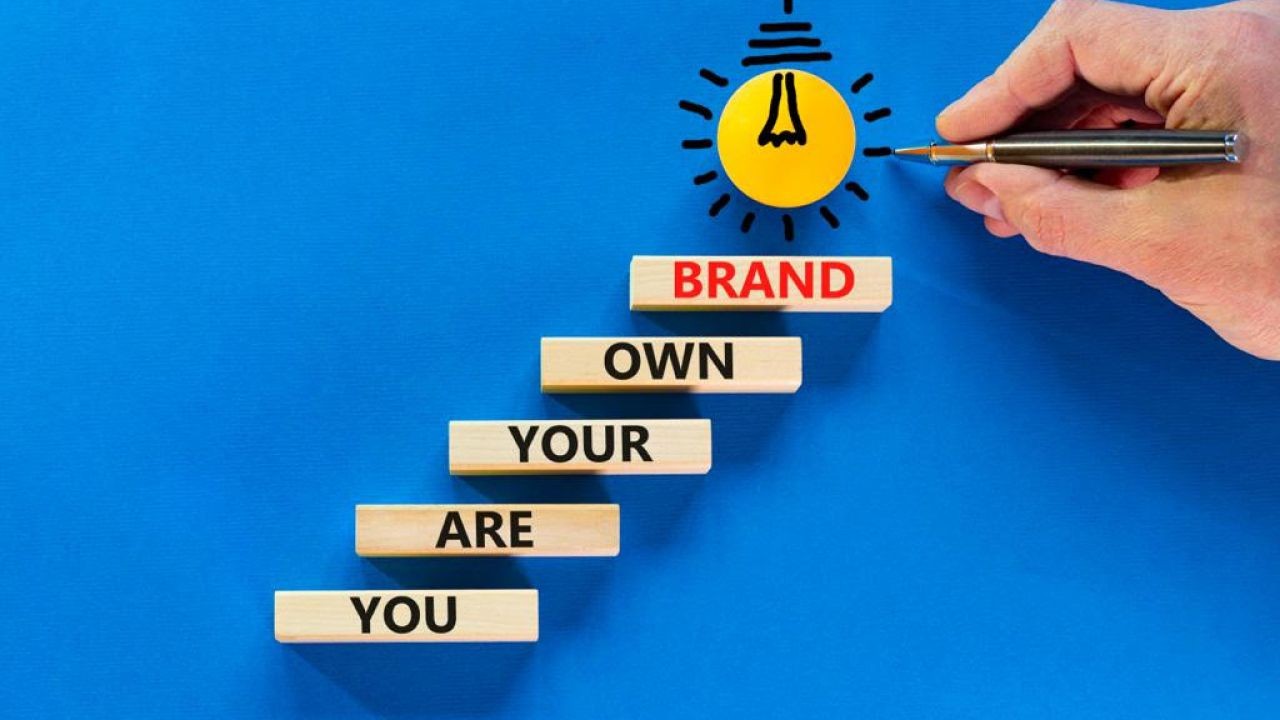


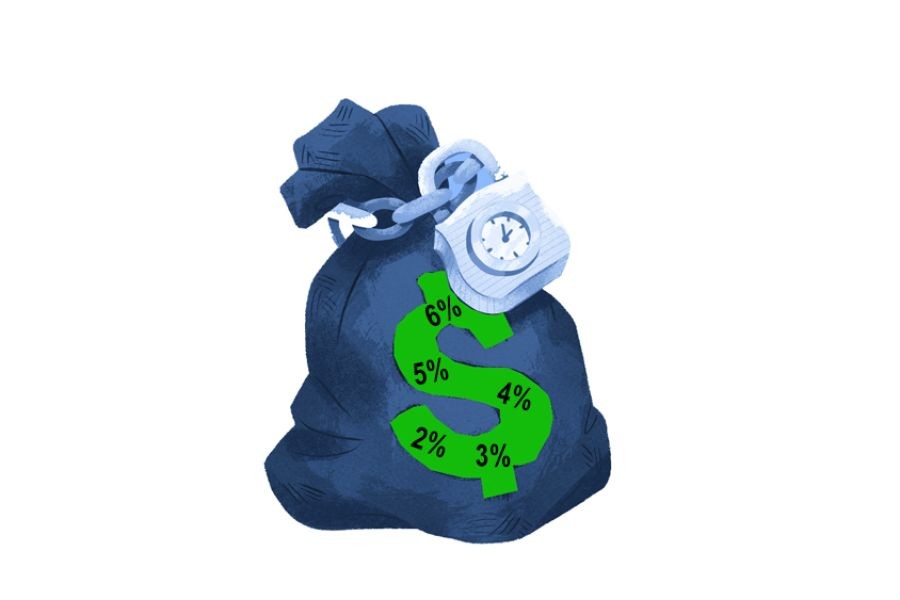

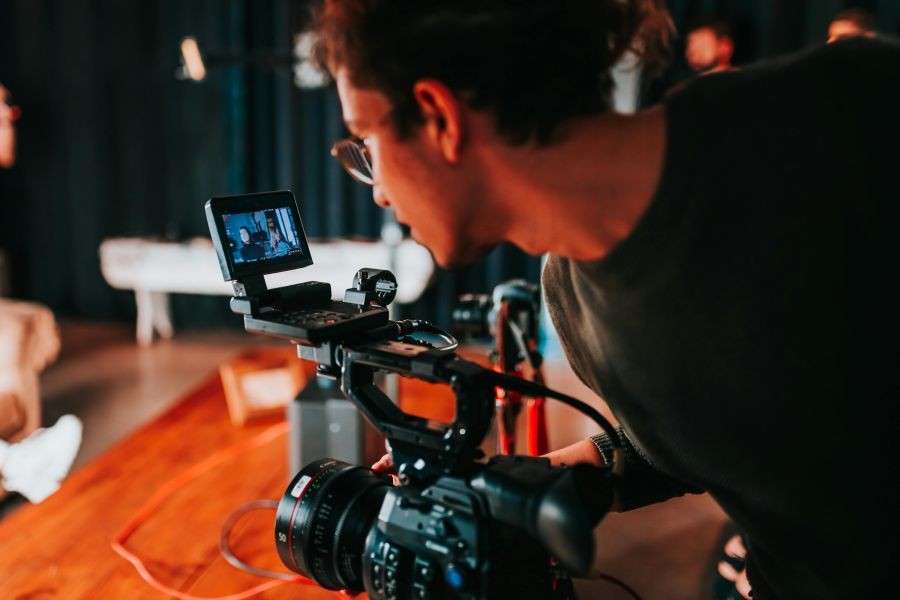

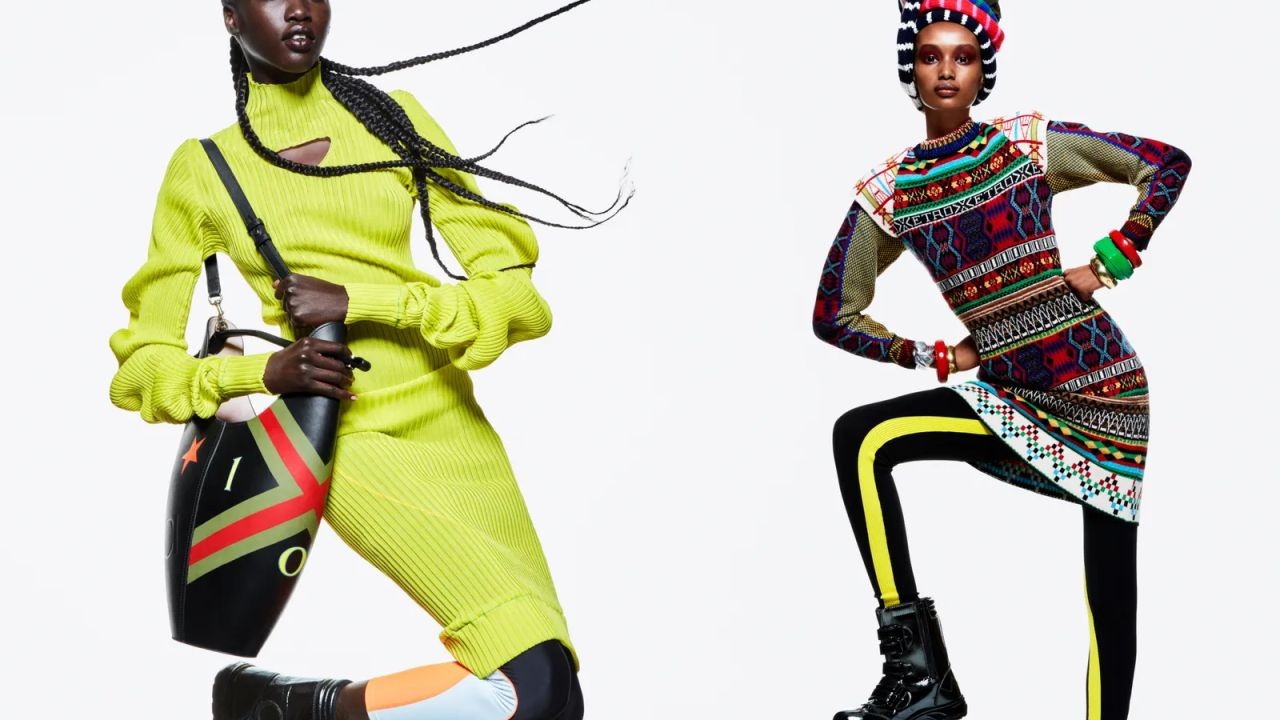
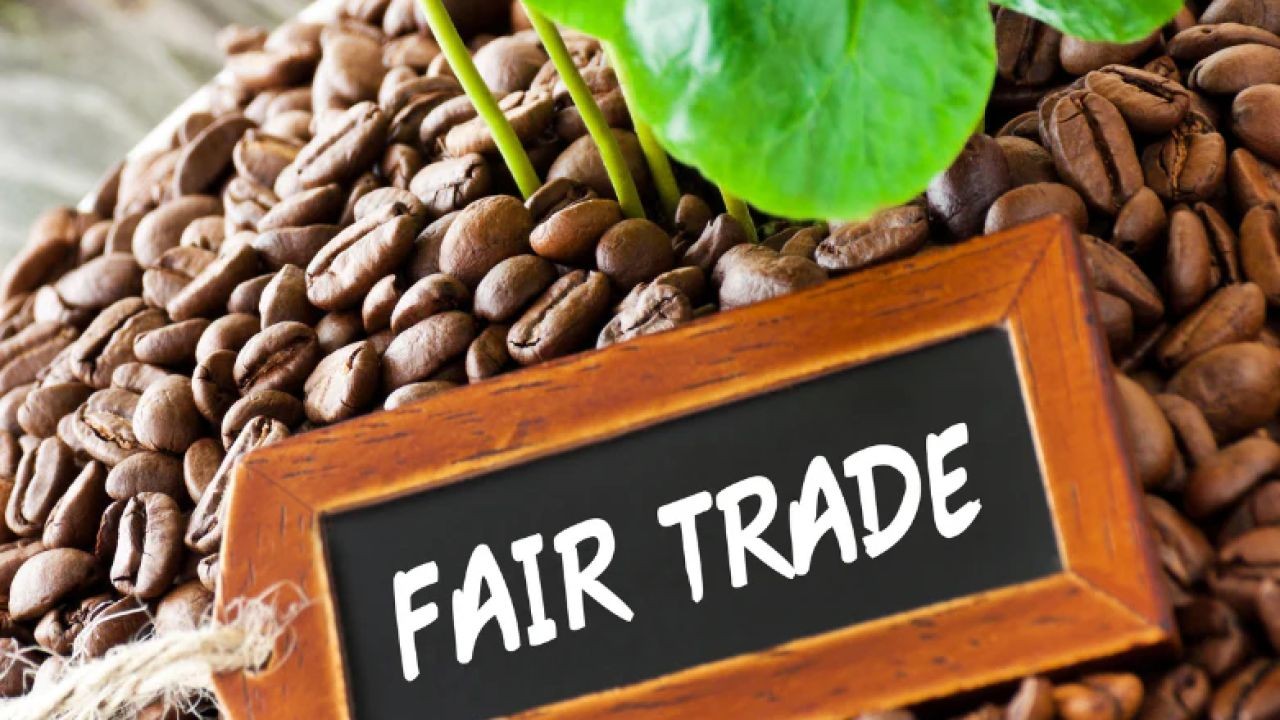






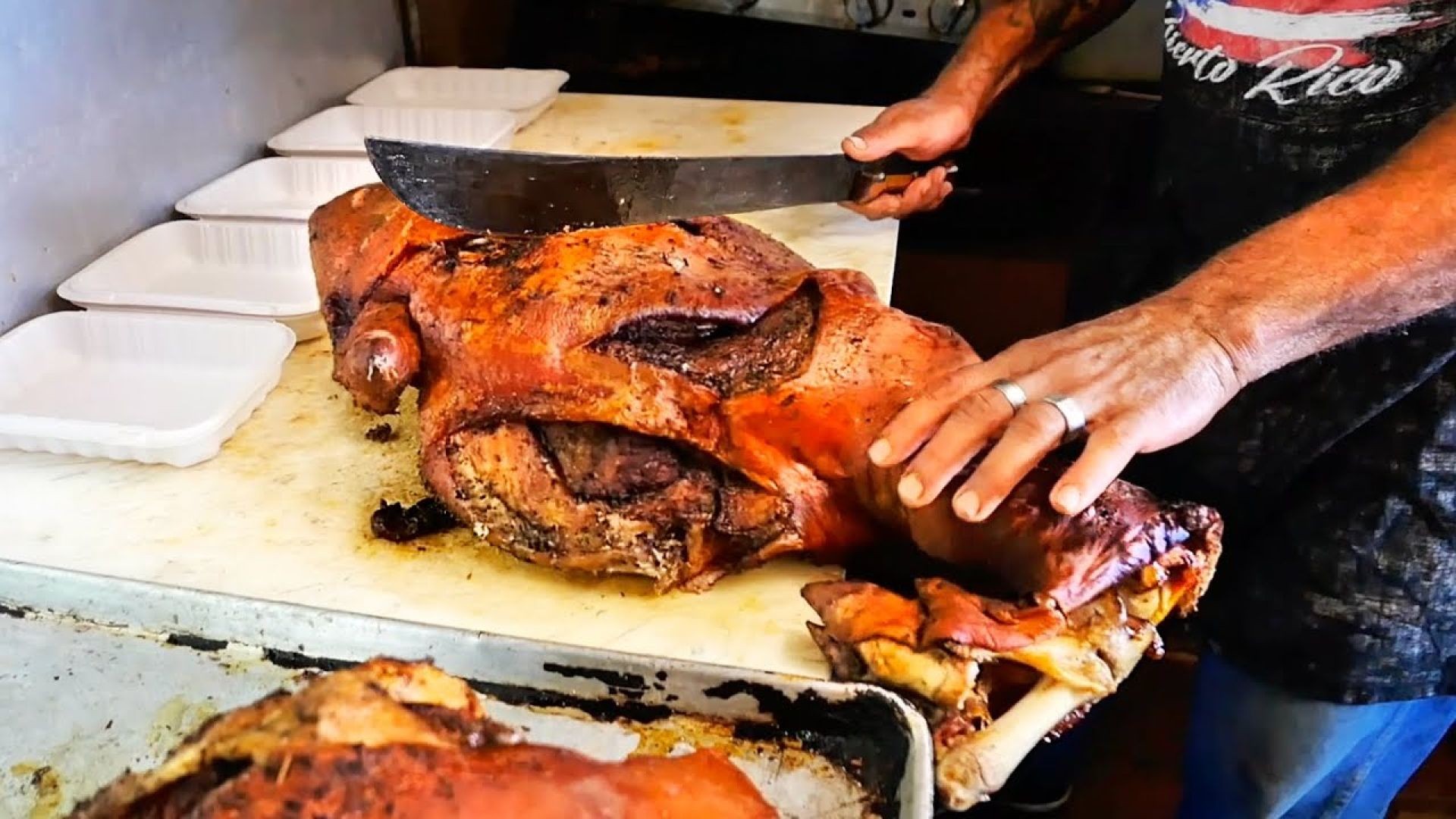

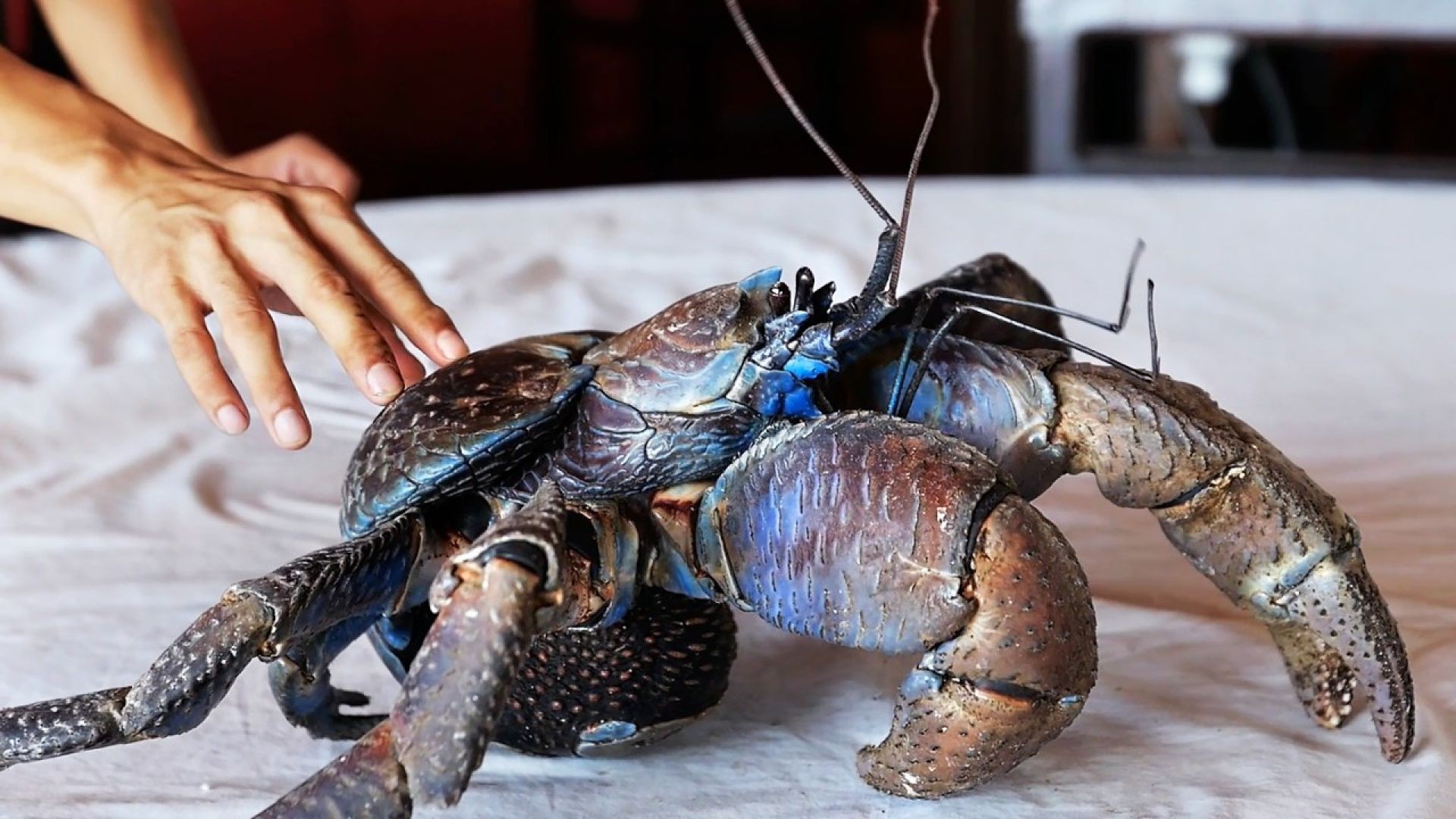
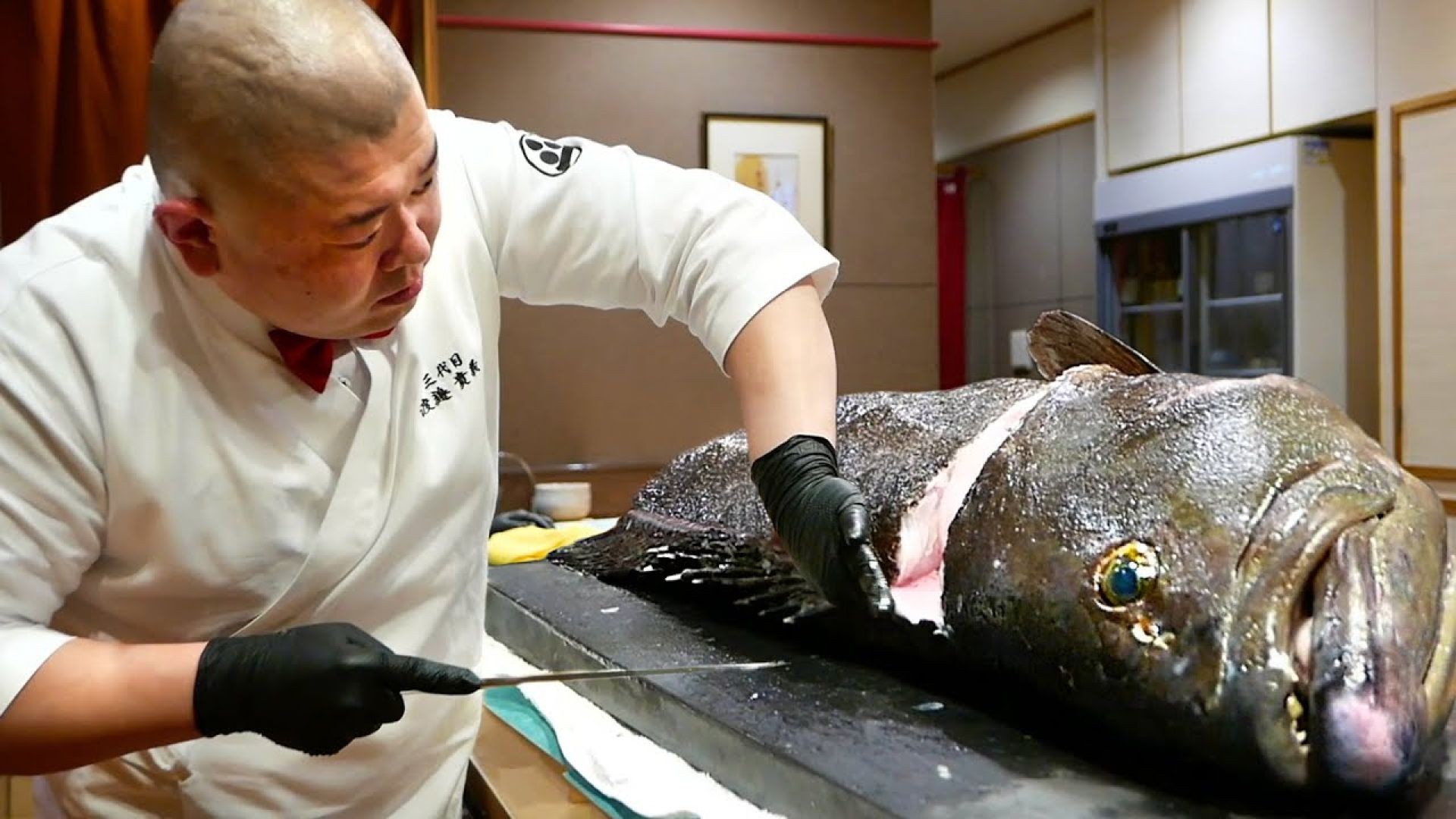

AnnettDace
8 months ago